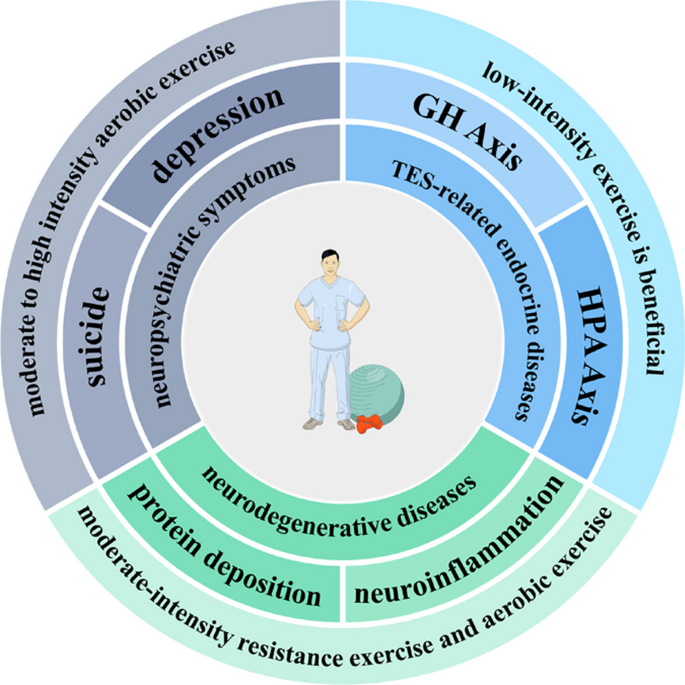Getting My Narconon Africa To Work
Getting My Narconon Africa To Work
Blog Article
5 Simple Techniques For Narconon Africa
Table of ContentsThe Basic Principles Of Narconon Africa Narconon Africa Fundamentals ExplainedThe 9-Minute Rule for Narconon AfricaThe Best Strategy To Use For Narconon AfricaAn Unbiased View of Narconon AfricaAll About Narconon Africa6 Simple Techniques For Narconon Africa
In a series of papers with Manudeep Bhuller and Katrine V. Lken, we conquer these data challenges and the nonrandomness of imprisonment, offering brand-new understandings into exactly how imprisonment impacts relapse, work, children, and criminal networks - Heroin addiction treatment. Figure 1 Our work researches the impacts of imprisonment in Norway, a setting with two essential benefitsWe can further link this information to other household participants, including kids and siblings. We have details on co-offending that enables us to map out criminal networks for observed crimes. Second, we can utilize the random project of criminal cases to courts that vary in their tendencies to send out defendants to prison.
Yet some judges send out accuseds to jail at a high price, while others are a lot more lenient. We measure a court's stringency as the average incarceration price for all various other cases a judge deals with, after controlling for court and year fixed impacts, which is the level of random task. This quasi-random project of judge stringency can be made use of as an instrument for imprisonment, as it strongly anticipates the judge's decision in the existing case, but is uncorrelated with other instance attributes both by layout and empirically.
Excitement About Narconon Africa
Characteristics of prisoners, consisting of demographics and criminal activity classifications, are generally comparable in Norway and various other countries, including the United States, with the exemptions that the US murder price is much higher, and race plays a bigger duty there as well. What sticks out as different, specifically contrasted with the USA, is the prison system.
Figure 2In Norway, the ordinary time invested in jail is a little over six months, which is comparable to most other Western European nations. This contrasts with ordinary United States prison time of almost three years, which remains in huge component the reason the USA is an outlier in its imprisonment rate compared to the remainder of the globe [Number 1]
Rumored Buzz on Narconon Africa
This provides a lot more splitting up between minor and hardened bad guys than exists in the USA. There is no overcrowding in Norwegian jails and better personal safety and security, with each prisoner being designated to their very own cell and a greater inmate-to-staff proportion than in the USA (https://giphy.com/channel/narcononza12). Jails in Norway additionally supply well-funded education and learning, drug treatment, psychological health, and work training programs
Our study on the effects of incarceration on the offender, making use of the random job of judges as a tool, yields 3 crucial findings. Imprisonment dissuades even more criminal actions. We find that incarceration reduces the likelihood that a person will reoffend within 5 years by 27 percentage factors and decreases the matching number of criminal charges per person by 10 costs.
Some Known Factual Statements About Narconon Africa
We locate large reductions in reoffending chances and cumulative charged criminal activities even after accuseds are launched from prison. Our second result is that predisposition because of selection on unobservable specific attributes, if overlooked, results in the incorrect verdict that time spent behind bars is criminogenic. If we simply contrast criminal defendants sent to prison versus those not sentenced, we discover positive organizations between incarceration and subsequent crime.
This stands in contrast to our analysis based on the arbitrary task of courts, which locates an opposite-signed outcome. Third, the reduction in criminal activity is driven by individuals that were not functioning before incarceration. Among these individuals, imprisonment enhances involvement in programs routed at boosting employability and lowering relapse, and this inevitably increases employment and profits while discouraging criminal behavior.

Imprisonment triggers a 34 portion point increase in engagement in job training programs for the formerly nonemployed, and within five years their employment price increases by 40 percent points. At the exact same time, the probability of reoffending within five years is cut by 46 percentage factors, and there is a decline of 22 in the ordinary number of criminal fees.
Narconon Africa for Dummies

A possible explanation for the difference is that Norway's jail system differs noticeably, both in regards to prison-term size and jail problems, from the United States jail system. While comprehending the results of incarceration on the transgressor is an important very first step, capturing spillover results is likewise important for assessing criminal justice plan and creating effective jail systems.
The Of Narconon Africa

Ordinary least squares approximates reveal that youngsters of incarcerated daddies are 1 portion factor more probable to be billed with a crime, relative to a mean of 13 percent, and reveal no result on school qualities. Utilizing our judge stringency instrument, we discover no statistical evidence that a daddy's imprisonment affects a child's very own criminal offense or school qualities, yet we are unable to dismiss modest-sized results.
What Does Narconon Africa Mean?
We define criminal groups based on network links to previous criminal situations. Our evaluation yields three main findings. When a criminal network member is incarcerated, their peers' probability of being charged with a future criminal offense decreases by 51 percentage factors over the next 4 years. Having an older bro incarcerated minimizes the possibility his younger sibling will be charged with a crime by 32 portion points over the following four years.
Report this page